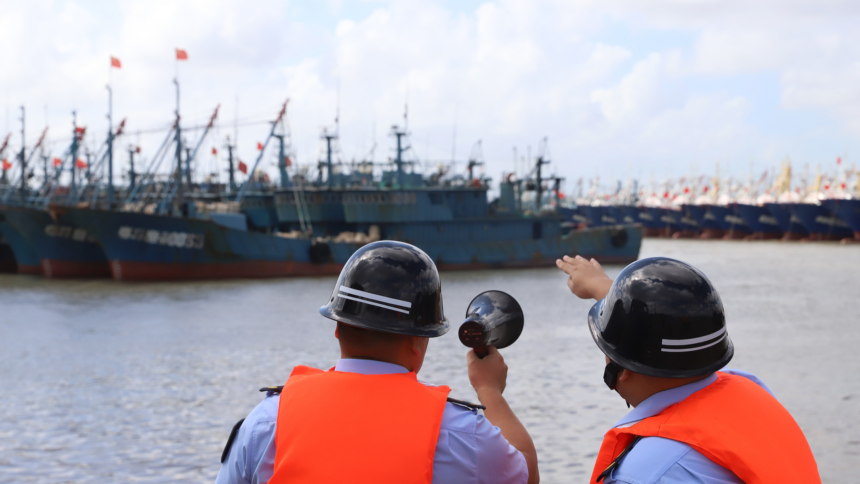East China’s Zhejiang Province has initiated a Level-IV emergency response in preparation for Typhoon Pulasan, the 14th typhoon of the year. The storm is currently moving northwest at a speed of 45 kilometers per hour, with wind speeds near the center reaching 23 meters per second.
As of 8 a.m. on Wednesday, Pulasan was located at 23.2 degrees north latitude and 132.3 degrees east longitude, according to local meteorological authorities. The typhoon is expected to make landfall along Zhejiang’s coastal areas between Thursday afternoon and evening, bringing strong winds and heavy rainfall.
In preparation, officials have started evacuating personnel from fishing boats in vulnerable areas, such as Jinqing Town in Luqiao District, Taizhou City. The National Meteorological Center has issued a blue alert, the lowest of China’s four-tier weather warning system, but residents are being warned of potential secondary disasters like waterlogging, flooding, and landslides.
Zhejiang’s authorities remain vigilant as they continue to monitor the typhoon’s movements and are prepared to escalate their response if necessary.

